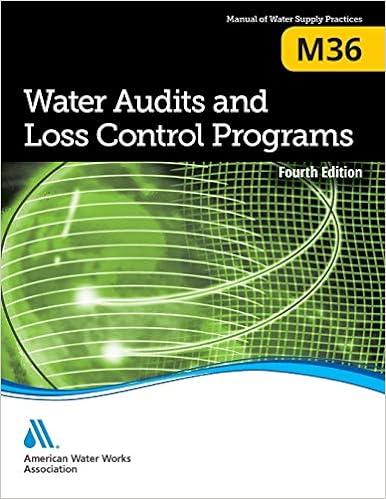Question
Michelle Huang runs a rapidly expanding cosmetics store in Penticton as a sole-proprietorship. She has provided you with the following information: Income statement To Dec
Michelle Huang runs a rapidly expanding cosmetics store in Penticton as a sole-proprietorship. She has provided you with the following information: Income statement To Dec 31, 2017 Sales $ 520,000 COGS $ (350,000) Gross profit $ 170,000 Sales, general & admin $ (80,000) Amortization $ (20,000) loss on sale of building $ (15,000) Net income before income tax $ 55,000 Provision for income taxes $ (13,000) Net income after income taxes $ 42,000 Other information: (a) The fixed assets information for the company is as follows: a. UCC balances at January 1, 2017 were as follows: i. Class 1 (Single building) $200,000 ii. Class 8 (Multiple assets) $ 60,000 iii. Class 10 (Multiple assets) $ 80,000 b. During the year Michelle had the following transactions: i. On September 8th, 2017 a new building was purchased for $700,000. The cost of the related land was an additional $400,000. It cost $20,000 to pave part of the land for use as a parking lot, for accounting purposes the $20,000 was added to the cost of the land. ii. On December 8th, 2017 the original building was sold for $220,000. The original cost of the building was $400,000 and the net book value was $235,000. This problem is very loosely based on Chapter 5, Problem 15. iii. New furniture and fixtures were purchased for $25,000 on October 15th, 2017. This purchase replaced office furniture which was sold for its $4,000 net book value (original cost $10,000) (b) Michelle had the following tax credits: Personal, $1,745; Spousal, $1,190 (c) She contributed $13,000 to her RRSP in June 2017. The entire amount is deductible. (d) Michelle has a non-capital loss of $25,000 and a net capital loss of $5,000 available from her 2016 tax return. Please do the following (and ignore provincial taxes and provincial credits): 1. Calculate Michelles UCC at Jan 1, 2018 after considering additions, disposals and CCA for 2017. 2. Calculate Michelles net income for tax purposes using the S3 ordering rules 3. Calculate taxable income 4. Calculate taxes payable before credits 5. Calculate taxes payable after credits 6. Provide Michelles filing and payment dates
Step by Step Solution
There are 3 Steps involved in it
Step: 1

Get Instant Access to Expert-Tailored Solutions
See step-by-step solutions with expert insights and AI powered tools for academic success
Step: 2

Step: 3

Ace Your Homework with AI
Get the answers you need in no time with our AI-driven, step-by-step assistance
Get Started


